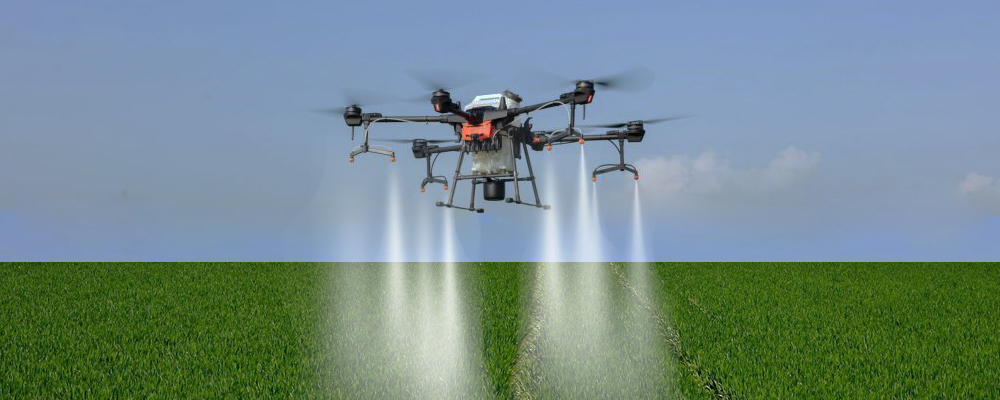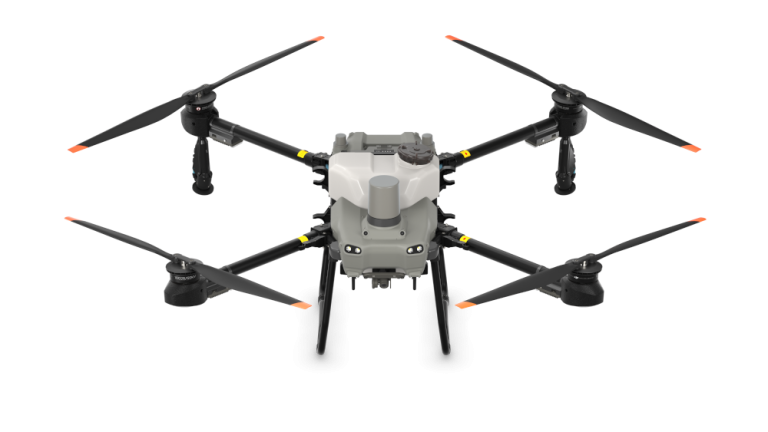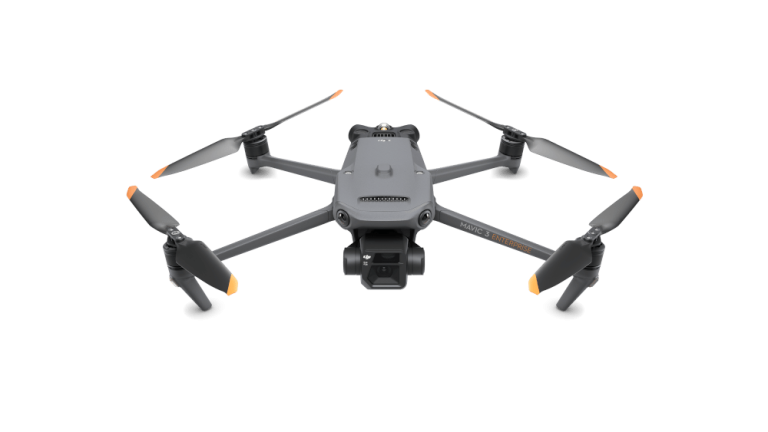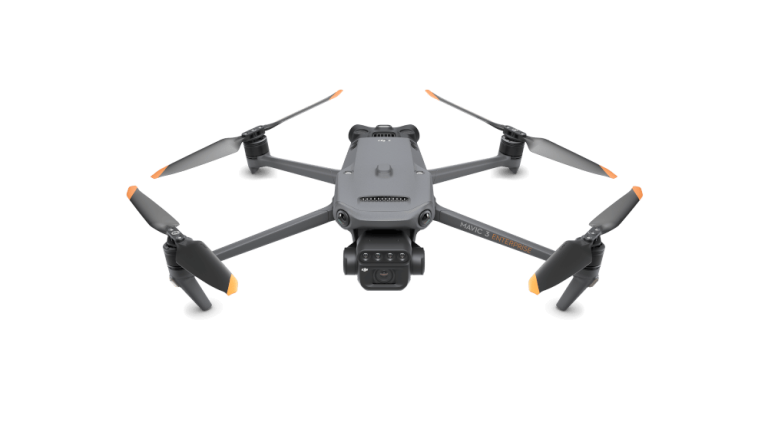Speaking of drones, most people probably think of unmanned combat equipment, controlled from thousands of miles away, or perhaps fantastic aerial photos taken by a drone. So far, few people think about agricultural drones.
In fact, drones—officially unmanned aircraft—also offer extraordinary new opportunities for agriculture. Using drones for monitoring, health assessment and spraying (whether for nutrition or plant protection) have many advantages over conventional methods.
Production in modern, large-scale agriculture occurs in large areas that are impossible to monitor using traditional methods. Only frequent aerial monitoring allows for an accurate overview of the processes, the timely detection of diseases and professional intervention. The use of satellites and conventional agricultural aircraft for this task would be inflexible and prohibitively expensive. The idea of using drones has been around for many years now, and for good reason.
A few years ago, the use of drones suddenly began to spread at high speed, but the official regulations were lagging far behind the everyday practice. Realizing this, however, strict regulations were introduced that made the use of drones difficult for years. Luckily now this is all going to change.

Spraying Drones Coming
Agricultural drones which are suitable for carrying out all processes covering larger areas from monitoring (supplemented by high-resolution images) to status assessment and spraying have appeared recently.
While the maneuvering and aiming capabilities of an agricultural spraying airplane are quite limited, a spray drone can deliver chemicals with high accuracy and much greater efficiency than before.
Smaller Tank – Higher Efficiency
Although most agricultural drones designed for spraying carry a maximum of 20-liter tanks, and even the top model DJI AGRAS T30, distributed by HRP, can only take off with 30 liters of spray, it would be a mistake to compare them to the large tanks of traditional ground sprayers.
First, using the latest technology, controlled droplet application (CDA), less spraying material is distributed in the air, and more is delivered, greatly increasing the efficiency of spraying while reducing the unnecessary burden on the environment. This method reduces the amount of spraying agent used in a given area by several orders of magnitude.
Second, the latest agricultural drones – when DJI AGRAS surveying drones are used together with protection drones – can use their sensors to detect plants and plant parts, and spray only the desired parts. This kind of precision agriculture would not be possible without the drones designed specifically for this task.

Spraying Drones are Flexible and Environmentally Friendly
Thanks to all these solutions, the most powerful drones can spray up to 16 hectares in an hour. While a tanker running on the ground can only move from one place to another with difficulty, the spraying drone can be folded, easily transported to a new location and deployed there within minutes.
We have already mentioned that drone spraying releases less spray into the air and the soil. But there are other ways in which these machines help protect the environment, as they are not powered by gasoline or diesel, but by electricity. The batteries of AGRAS drones are easy to replace, allowing these machines to work continuously.
Safety is Important
Many are afraid of accidents caused by drones, although modern drones are becoming increasingly safer. They avoid obstacles automatically using sensors, and provide accurate information to drone pilots with high-resolution cameras.
A construction with a diameter or 3 meters and weighing more than 50kg with spray is not a child’s toy. Considerable expertise is required to operate it remotely. It is understandable that drone pilots must complete a training course and pass an exam in order to operate machines rated in the appropriate categories. We are convinced that agricultural drone pilots will be one of the most sought-after specialists in the years ahead.
Authorization is Around the Corner
Although agricultural drones have been available on the market for years, so far, they could only be used in limited circumstances. The National Food Chain Safety Office recently announced that the type approvals of agricultural spraying drones have finally started. For this purpose, authorities mainly examine whether the drone sprayer works adequately, has a uniform spray pattern, and its use does not cause any unacceptable environmental impact.
The benefits of drone spraying are clear. The agricultural drones sold by HRP are among the best, so they will surely receive the required certifications. It is important to note that no one should purchase an agricultural spraying drone that does not have a type rating and the appropriate sticker in the future. More good news for really progressive farmers who already have one of DJI’s earlier spraying drones is that they will also undergo the certification process, enabling them to be used safely in the new regulatory environment as well.
Summary
In recent years we could see the rapid evolution of drones suitable for agricultural use, including spraying and applying various materials, but the regulatory environment has not really allowed farmers to use them legally. Now, however, with the contribution of the National Food Chain Safety Office, the type approval of spraying drones has started, so, after the subsequent regulatory issues are clarified, there may come a new dawn of more modern, efficient and environmentally friendly farming, soon.















